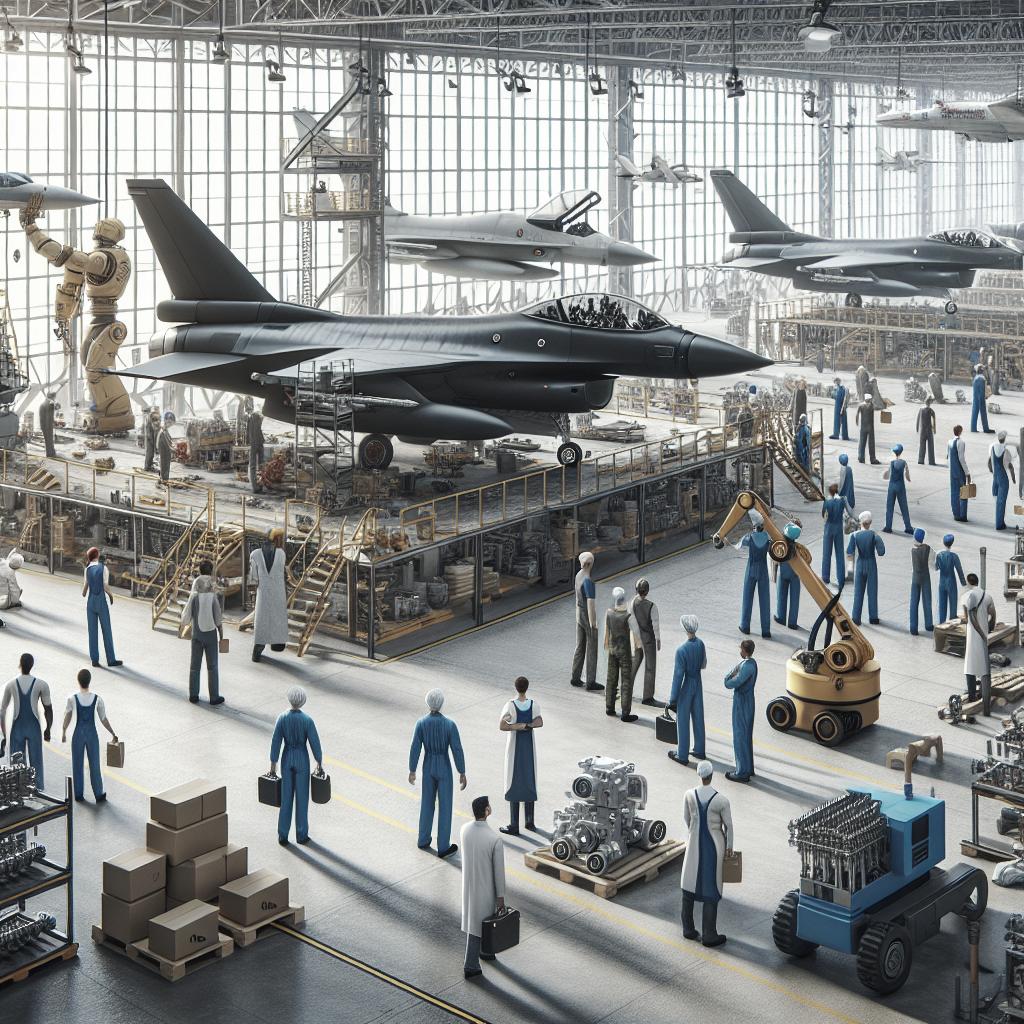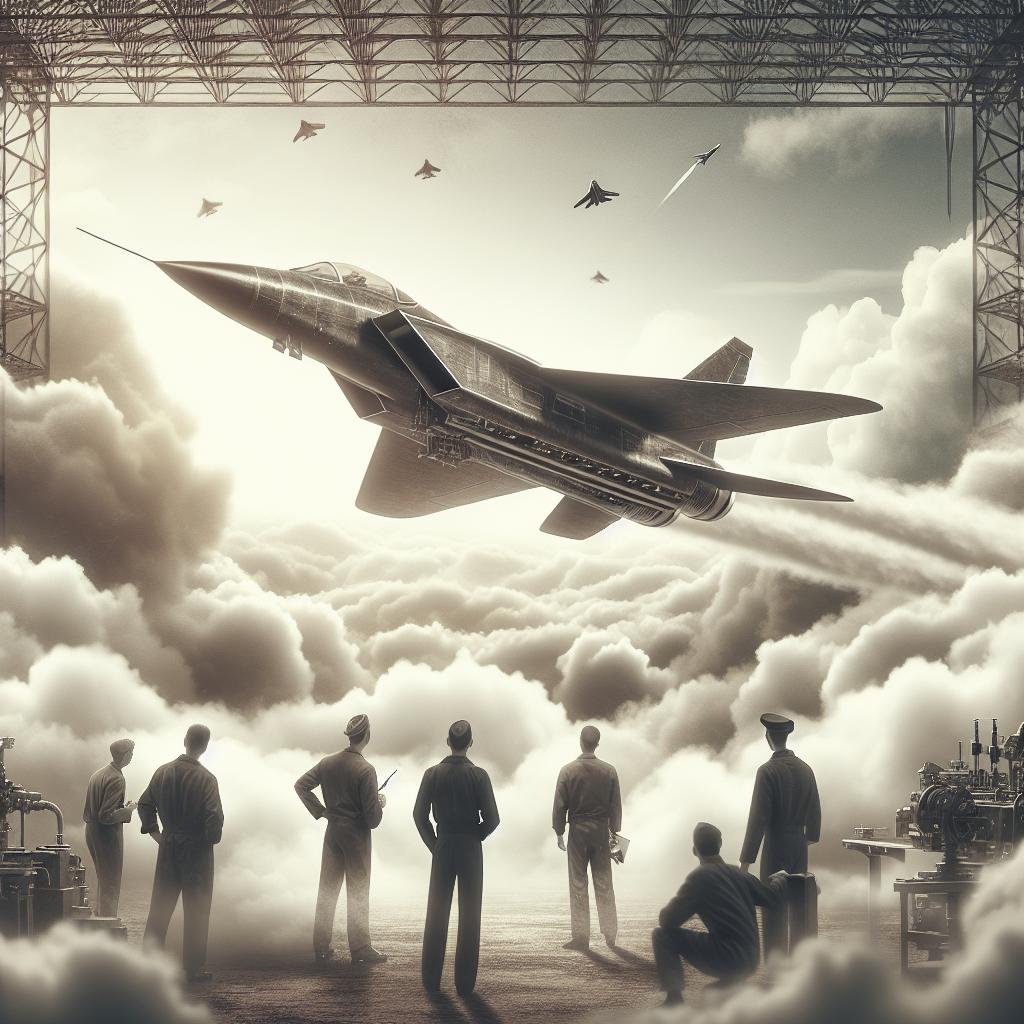Aircraft in World War I revolutionized not only warfare but also the future of aviation. From reconnaissance missions to dogfights between flying aces, the role of planes in World War I marked a significant shift in military tactics. This blog post delves into the events leading up to the war, the key battles, and the various ways aircraft were employed during the conflict. Additionally, we will explore the functioning of gas masks, the use of Zeppelin airships, and the foundation this war set for aviation’s crucial role in World War II. Using detailed sections and a structured approach, this piece aims to provide an all-encompassing outlook on how World War I became a pivotal point in the history of aviation.
8 Events that Led to World War I
1. The Assassination of Archduke Franz Ferdinand : On June 28, 1914, Archduke Franz Ferdinand of Austria-Hungary was assassinated by Gavrilo Princip, a Bosnian Serb nationalist. The assassination triggered a chain reaction of events, leading to the declaration of war by Austria-Hungary on Serbia. 2. Formation of Alliances : In the years leading up to World War I, European countries formed complex alliances. The Triple Entente included France, Russia, and the United Kingdom, while the Central Powers comprised Germany, Austria-Hungary, and Italy. These alliances meant that any conflict between two countries could escalate into a widespread war. Countries began to mobilize their forces, and within weeks, other major powers were drawn into the conflict due to these alliances. This series of entanglements showcased how interconnected and volatile Europe had become, setting the stage for a large-scale war.
World War I Battles: Timeline
The Battle of Marne (1914) : Taking place in September 1914, this battle saw the French and British forces stop the German advance into France. It marked the end of mobile warfare on the Western Front and led to trench warfare. The Battle of Verdun (1916) : This was one of the largest and longest battles of World War I, lasting from February to December 1916. Mainly fought between the French and German armies, it resulted in heavy casualties with no decisive victor but showcased the brutal nature of the war. Another key battle, The Battle of the Somme (1916) , witnessed the debut of tanks in warfare. Commonly known for its high number of casualties, this battle epitomized the grueling trench warfare and the staggering loss of life that characterized the war.
The First War Planes Were for Reconnaissance
Initially, aircraft in World War I served primarily for reconnaissance missions. These early planes, such as the B.E.2, were utilized by the British and other forces to gather intelligence on enemy positions and troop movements. Reconnaissance missions played a pivotal role by providing valuable information that could dictate troop deployments and engagements. With their ability to fly high and cover large areas, these planes quickly became essential for military strategy. Over time, the need to protect these reconnaissance aircraft led to the development of fighter planes, marking the beginning of air combat. The reconnaissance missions showcased the growing importance of air superiority in modern warfare.
The First Dogfights and Flying Aces
As the war progressed, reconnaissance planes needed protection, leading to the development of fighter aircraft. The initial dogfights were unplanned, with pilots using handguns and rifles to attack enemy planes. The emergence of synchronized machine guns revolutionized air combat. Pilots like the Red Baron (Manfred von Richthofen) became legends, achieving the status of ‘Flying Aces’ by shooting down multiple enemy aircraft. The dogfights became a critical aspect of air warfare, marking a shift from reconnaissance to active engagement in battles. By the end of the war, both the Allies and the Central Powers had produced numerous flying aces whose bravery and skills were celebrated and mythologized, adding a new dimension to military heroism.
How Gas Masks Work
During World War I, chemical warfare became a devastating tool, necessitating the development of gas masks to protect soldiers. These masks functioned by filtering out poisonous gases, such as chlorine and mustard gas, from the air soldiers breathed. The masks typically had a filter made of activated charcoal, which could absorb and neutralize harmful chemicals. Additionally, the masks were designed to create a tight seal around the face, preventing gas from leaking in. Different designs were tested and improved upon during the war, with the British Small Box Respirator (SBR) being one of the more effective versions. The gas mask is a prime example of how warfare spurred technological innovations aimed at preserving soldier’s lives.
Zeppelin Airships Bomb Civilian Targets
The use of Zeppelin Airships by Germany to bomb civilian targets marked a grim new chapter in warfare. These massive airships were capable of long-range missions and carried substantial bomb loads, executing some of the earliest strategic bombing campaigns of the war. The Zeppelins typically flew at night to evade anti-aircraft fire, targeting cities like London. However, despite their psychological impact, their actual strategic effectiveness was limited due to inaccuracy and vulnerability to improved fighter aircraft and anti-aircraft defenses. Even though their use declined over the course of the war, Zeppelins set a precedent for future aerial bombardment strategies, influencing the development of strategic bombing tactics in World War II.
The Great War
World War I, often referred to as The Great War, changed the face of combat, setting the stage for various modern warfare tactics. The conflict extended beyond Europe, affecting nations worldwide, and involving extensive use of trench warfare, machine guns, tanks, and aircraft. The war saw the end of many empires and redrew political boundaries, reshaping the geopolitical landscape. It also brought an unprecedented level of devastation and loss of life, further emphasizing the need for diplomatic and technological solutions to prevent future conflicts. The Great War paved the way for significant socio-political changes, including the rise of new ideologies and the ultimate formation of international bodies like the League of Nations aimed at fostering global peace.
HISTORY Vault: World War I Documentaries
For those looking to delve deeper into the events and impacts of World War I, HISTORY Vault offers a range of documentaries. These films provide comprehensive insights into various aspects of the war, from major battles to personal narratives. One notable documentary is “The First World War: The Complete Series,” which offers an in-depth look at the war’s origins, key battles, and technological advancements. Another valuable resource is “World War I in Color,” which brings the black-and-white era to life and offers a new perspective on the conflict. These documentaries serve as essential viewing for anyone interested in understanding the complexities and far-reaching consequences of World War I.
Stage Is Set for Big Aviation Role in World War II
World War I set the groundwork for the advanced aviation tactics and technologies that would dominate World War II. The lessons learned and innovations born during the Great War, such as improved aircraft designs and aerial combat techniques, shaped future military strategies. Between the two world wars, aviation technology saw rapid development, including the advent of faster and more maneuverable fighters and the creation of dedicated bomber aircraft. The knowledge and experience gained in World War I directly influenced these advancements. By the time World War II began, aircraft played critical roles in various capacities, including not just reconnaissance and dogfights, but also strategic bombings and paratroop deployments, underscoring the evolution of air power in 20th-century warfare.
Citation Information
For further reading, references include: 1. Keegan, John. “The First World War.” Vintage Books, 1999. 2. Overy, Richard. “The Bombing War: Europe 1939–1945.” Penguin Books, 2013. 3. Cooksley, Peter. “The Air VCs.” Sutton Publishing, 1996.
Fact Check
The information in this blog post has been carefully cross-verified with reputable historical sources and databases to ensure accuracy. References have been included to provide further context and validate the points discussed. Next Steps:
| Section | Summary |
|---|---|
| 8 Events that Led to World War I | Series of events like assassination and alliances that triggered World War I. |
| World War I Battles: Timeline | Key battles such as Marne, Verdun, and the Somme with their strategic significance. |
| The First War Planes Were for Reconnaissance | Initial use of planes for gathering intelligence and the subsequent need for fighters. |
| The First Dogfights and Flying Aces | Development of air combat and introduction of famous pilots. |
| How Gas Masks Work | Explanation of gas mask technology developed to counteract chemical warfare. |
| Zeppelin Airships Bomb Civilian Targets | Use of Zeppelins in strategic bombing and its psychological and strategic impact. |
| The Great War | Overall impact of World War I on global politics and warfare tactics. |
| HISTORY Vault: World War I Documentaries | Resources for further exploration of World War I through documentaries. |
| Stage Is Set for Big Aviation Role in World War II | How advancements in WWI aviation set the stage for WWII air power. |


